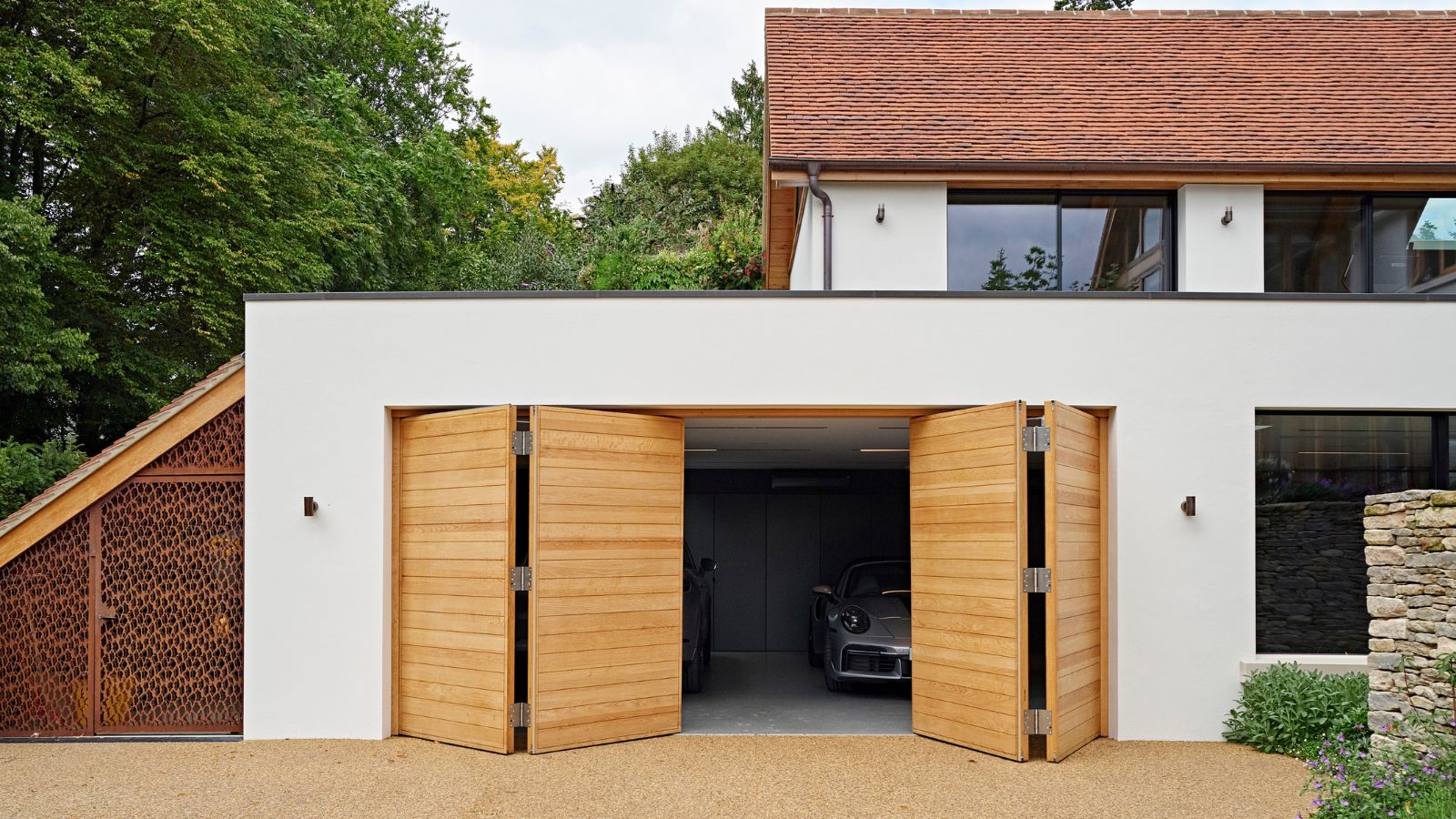How to bleed a radiator — and get rid of unwanted cold spots for good
Knowing how to bleed a radiator will make your radiators work more efficiently and be more cost effective in winter. We tell you what you need and how to do it
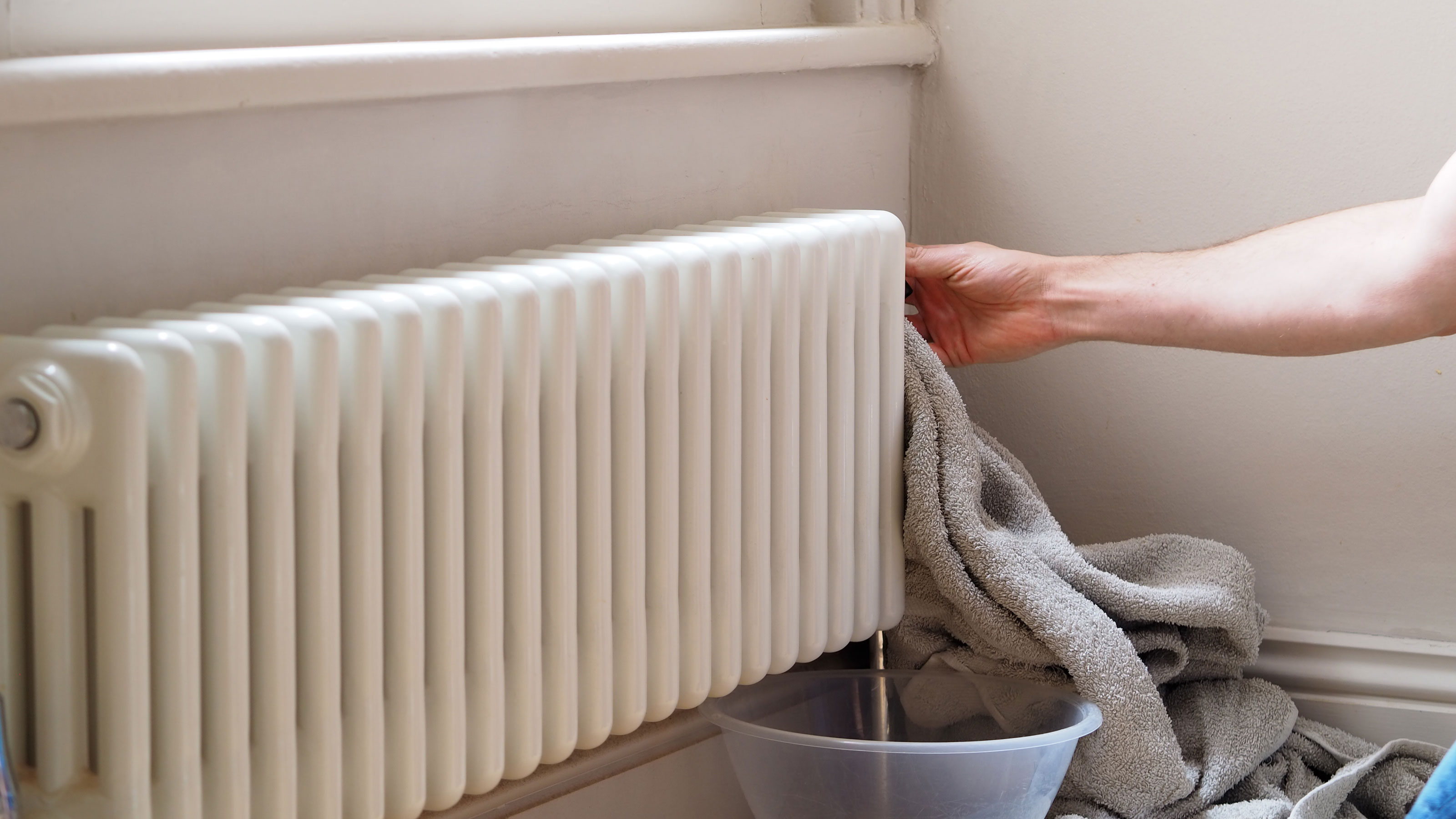
If you have central heating you ideally need to know how to bleed a radiator. It is a key skill that any DIYer should have in their arsenal. It will release air trapped in the central heating system and let water fill the radiator getting rid of any cold spots.
Trapped air can be one reason a radiator is not heating up and releasing it will ensure that the radiator runs more efficiently meaning that you will get maximum output. This in turn will make your radiators more cost-effective to run than if they were simply left.
While a lot of areas of plumbing should be left well alone, bleeding a radiator is something that you can take on yourself relatively easily. All you need is a radiator key, a few key items and the know how, which you can find in this guide.
Just make sure that you do a check before winter rolls around and you will have a central heating system working as efficiently as possible to keep your home warm and toasty.
VIDEO: How to bleed a radiator
How to bleed a radiator: Signs you need to sort
Why do you need to bleed a radiator? Martyn Bridges, Director of External Affairs at boiler and heat pump manufacturer Worcester Bosch reveals one of the most common reasons: “It is a normal occurrence for air to build up in your radiator over time.”
But what's the tell-tale sign that you have trapped air in a radiator? “You can usually tell if your radiator needs to be bled as they will be colder at the top than at the bottom.” You’ll find this effect is even more pronounced in vertical radiators and towel rails.
Another sign a radiator needs bleeding is unusual noises such as gurgling, clunking and rattling.
If you’re unsure, there’s no harm in trying to bleed your radiator, as long as you follow the steps carefully as not to de-pressurise your boiler and cause damage to your heating system.
You may also need to bleed radiators during the process of how to balance radiators, or when draining the central heating system for installing a new boiler or replacing a radiator.

Martyn Bridges has over 40 years of experience in the heating industry. He is a highly active, influential individual within heating and has held positions of high regard across the industry. This includes chairing the Technical Panel for the HHIC and being on the board for OFTEC, CIPHE and the Hot Water Association.
6 steps to bleed a radiator
1. Prepare to bleed the radiators
To start, make sure that your central heating is off and that the radiators are cold. Bridges warns: "You should not bleed a radiator when it’s hot. It is extremely dangerous as the radiator is filled with hot water and air, which can spray out when the valve is opened." This will apply to any type of radiator.
At this point, you’ll also need to know how to re-pressurise your boiler and find the pressure gauge on the boiler. You’ll need to keep an eye on this during the process, so it’s a good idea to have a second pair of hands to help with this job if possible.
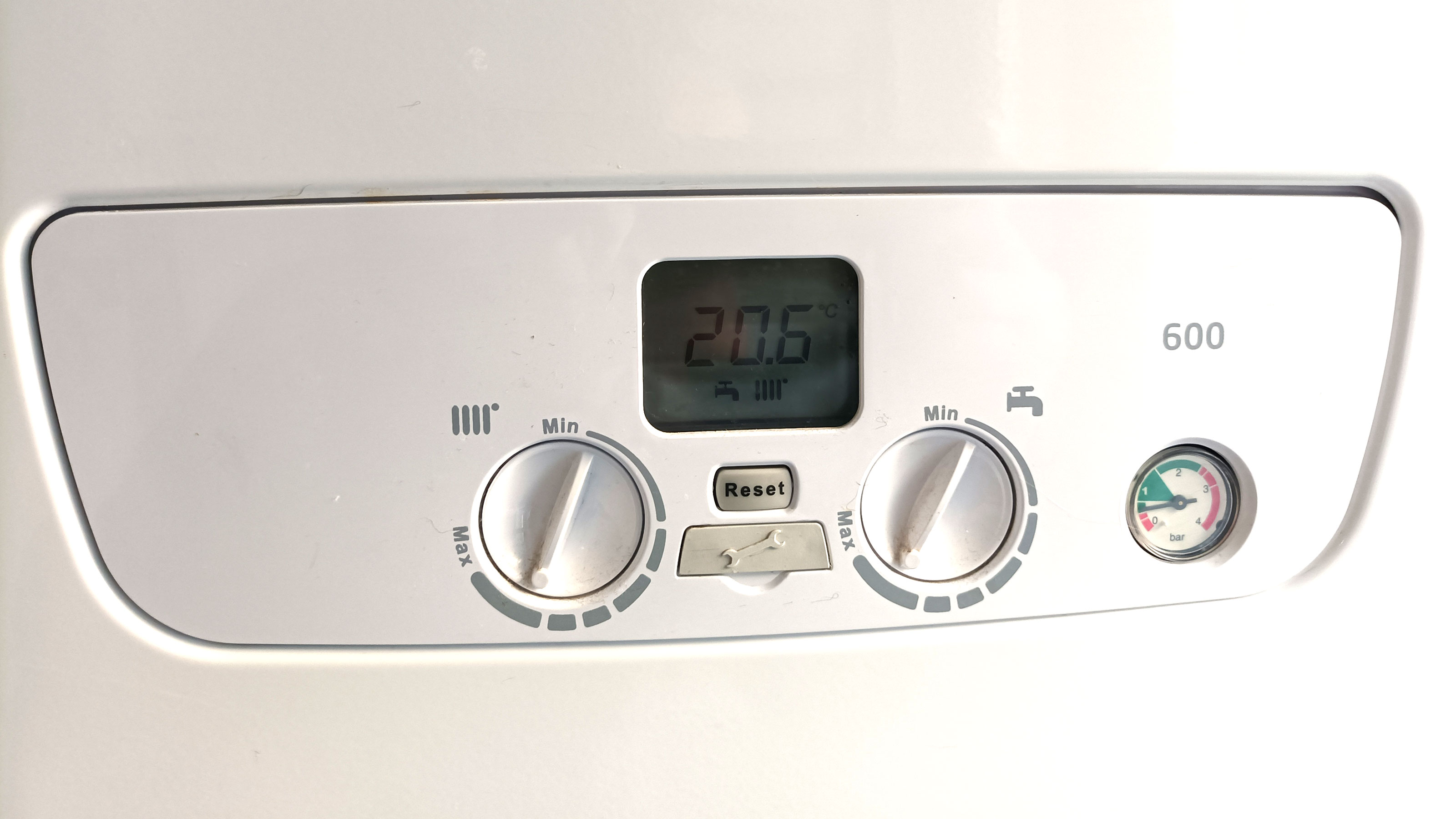
2. Protect the surrounding floors and walls
You will need to protect the wall and floors around the bleed valve. You don't want rusty water over your nice clean walls and floors. Place a towel between the radiator and the wall. Then hold another towel just underneath the bleed valve.
You shouldn't need it, but make sure that you have a bowl on the floor underneath the bleed valve to protect it from any further drips.
3. Find the bleed valve and release the air
The bleed valve is typically located on the top right hand side of the radiator. But as Bridges points out: "They could be on the left or right hand side". The best traditional radiators, contemporary and modern radiators are typically all the same.
He adds: "You require either a radiator air vent key or sometimes a screwdriver to open the bleed valve." You’ll need to turn the key anti-clockwise to open the bleed valve.
You will hear air hissing from the valve meaning the air is being released. But make sure you are ready for a squirt of water. As soon as this happens turn the key clockwise to close the bleed valve.
Closing the bleed valve at this point is vital as it avoids 'over-bleeding' the radiator. Turning the valve too far or bleeding a radiator for too long can lead to too much water loss being lost. This in turn may decrease the system’s pressure significantly.
This is why it's important to check the pressure gauge on your boiler…
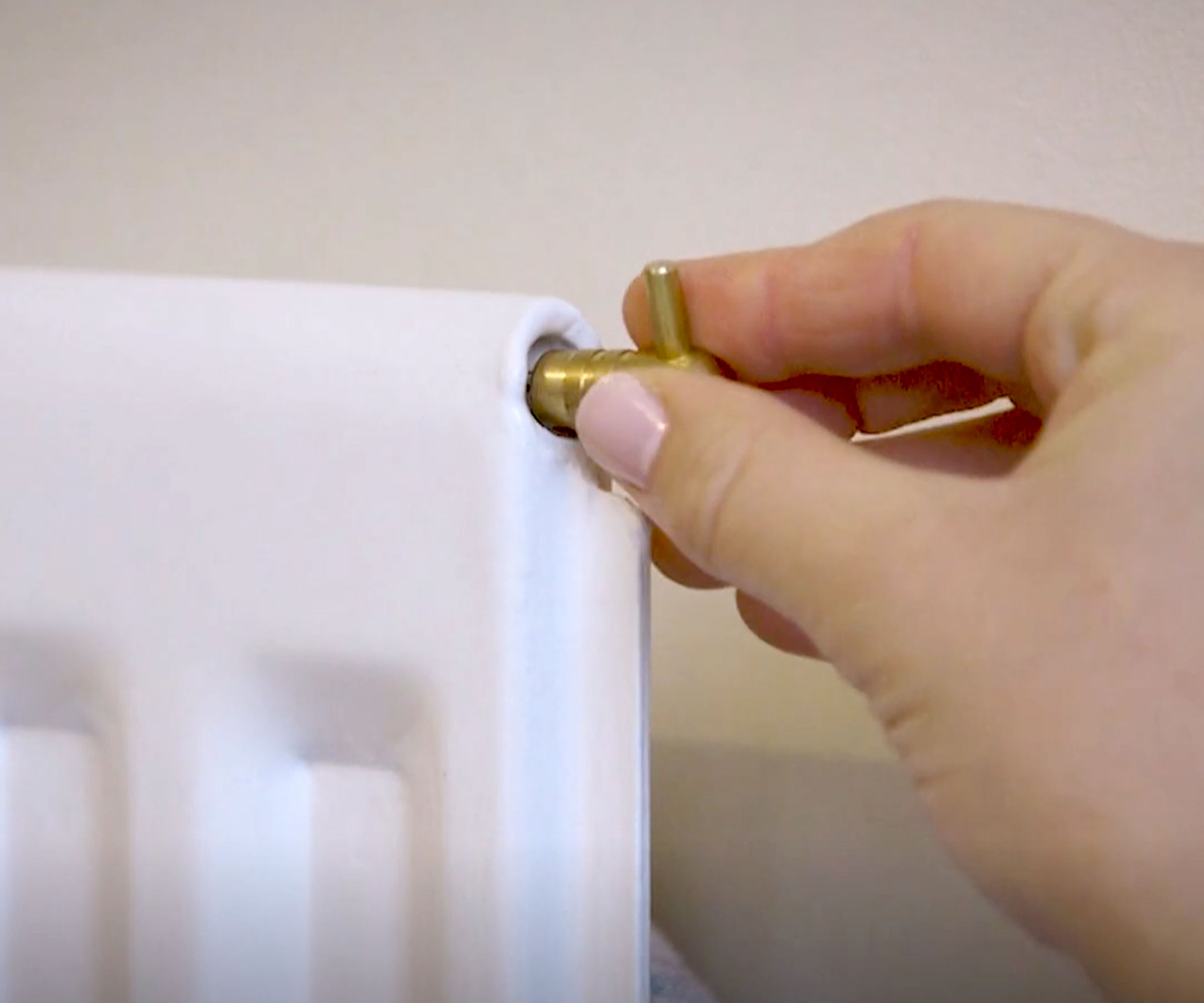
4. Keep an eye on the boiler pressure
After bleeding a radiator – keep your bleed key in a save place, they are easy to lose – check you boilers pressure gauge. Often the pressure will drop and fall outside the optimum green band and into the red.
If the gauge level falls into the red zone, you will need to repressurise your boiler to bring it back into the green zone. This is relatively simple – especially on new boilers – but it will differ from brand to brand.
In the image below the two blue handles are used to repressurise the boiler. The one on the left opens the water supply and the one on the right repressurises the boiler. If unsure on how your filling loop works, check the manual or call in a professional.
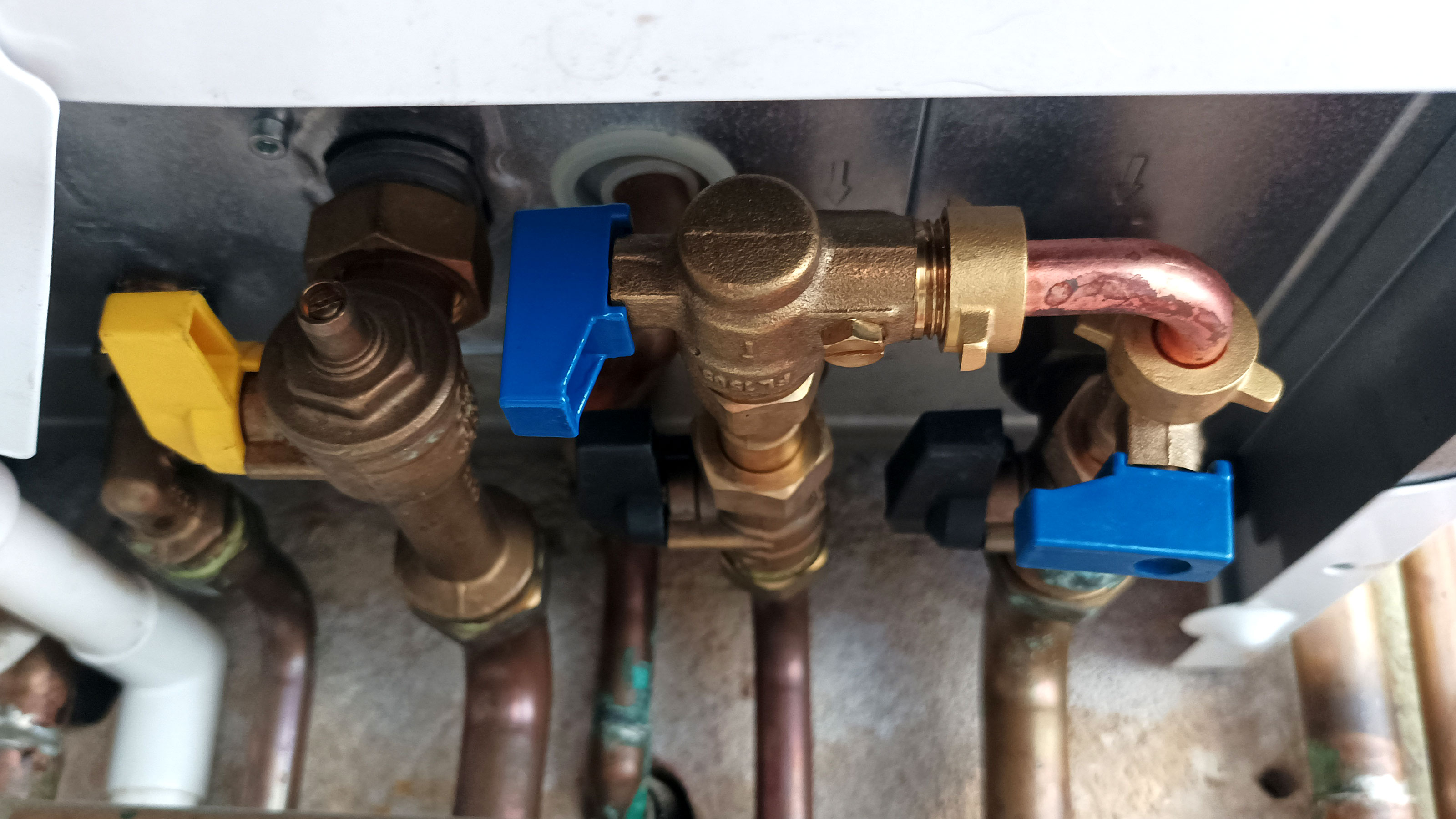
5. Continue to the next radiator
Repeat the above step on your other radiators that need attention. Work from the furthest radiator away to the nearest to the boiler, starting with the ground floor.
If remodeling you may want to know how much it costs to move a radiator. If you do have a radiator repositioned you will need to follow the previous steps once installed. Make sure valves are closed and the radiator is bled to ensure it pumps out plenty of heat.
6. Turn the heating back on
Once you’ve bled all the radiators you need to, turn the heating back on and check that they’re heating up correctly. If not, there may be another reason for your radiators not working that may require it to be flushed.
Also, double check all the valves are properly closed and that none of them are leaking.
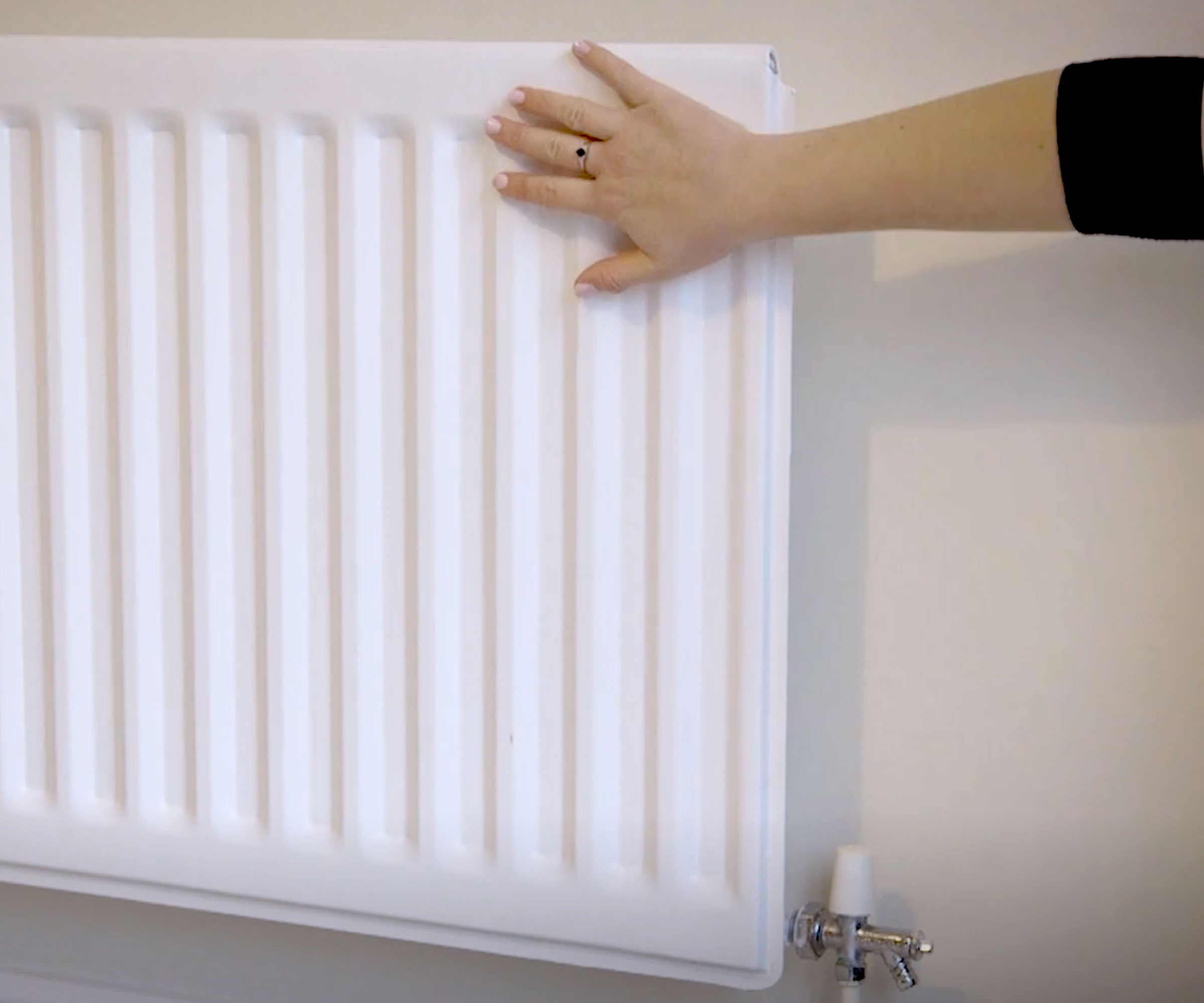
How to bleed a radiator FAQs
How often should I bleed my radiators?
Ideally radiators should be bled at least once year, and this should be done before heating season starts to ensure they're working as efficiently as possible for when you do finally turn the heating on.
According to Toolstation spokesperson Mark Biles, Operations Director at M & M Mechanical Services: "You should look to bleed your radiator every few weeks in the winter because cold spots can appear at the top of the radiator which is evident of air lock in the radiator. If you don't bleed them then air can travel round the system and cause issues with flow rates and potentially lead to rust over time."
What tools do I need to bleed a radiator?
Bleeding a radiator doesn’t require many tools. The only tool you’ll really need is a radiator key, the design of which may depend on your individual radiator, but generally looks like the wind-up mechanism from an old-fashioned toy or a mini tyre iron-style wrench used for car wheels.
With that, you’ll also need a couple of towels (they won’t necessarily get dirty, but use old ones anyway) and maybe some shallow receptacles such as bowls to catch any water released while bleeding the radiator.
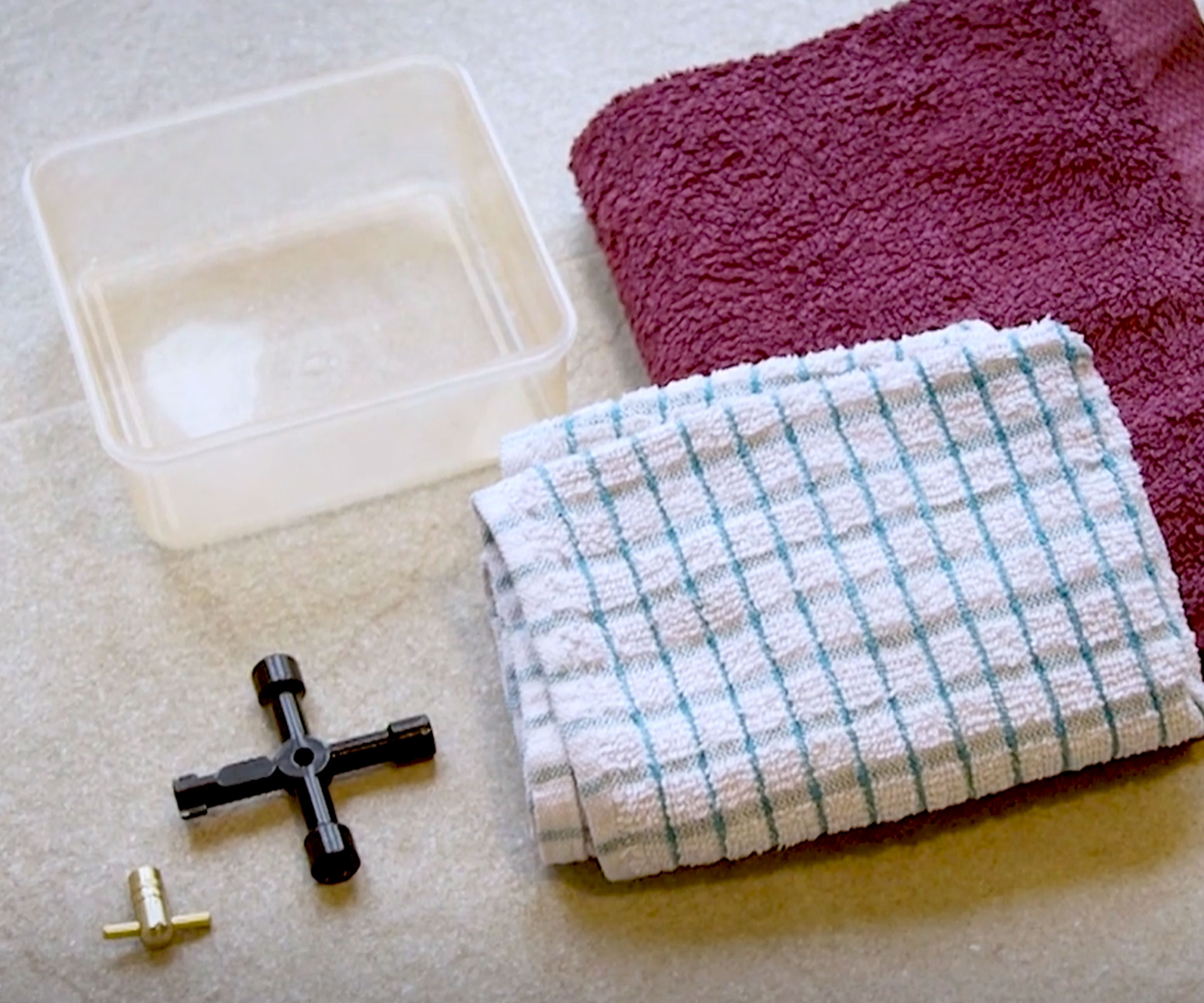
How do I bleed a radiator without a key?
If you don’t have a radiator key to hand, no problem. Bleed valves are often slotted, meaning you can just use a flat head screwdriver. If not, it may have an opening for a tool like an Allen key, or you can often open these valves with an adjustable wrench spanner.
A radiator key gives you the most control, however, and they’re cheap – like this radiator key from Amazon – so it’s worth keeping one or two in your toolbox.
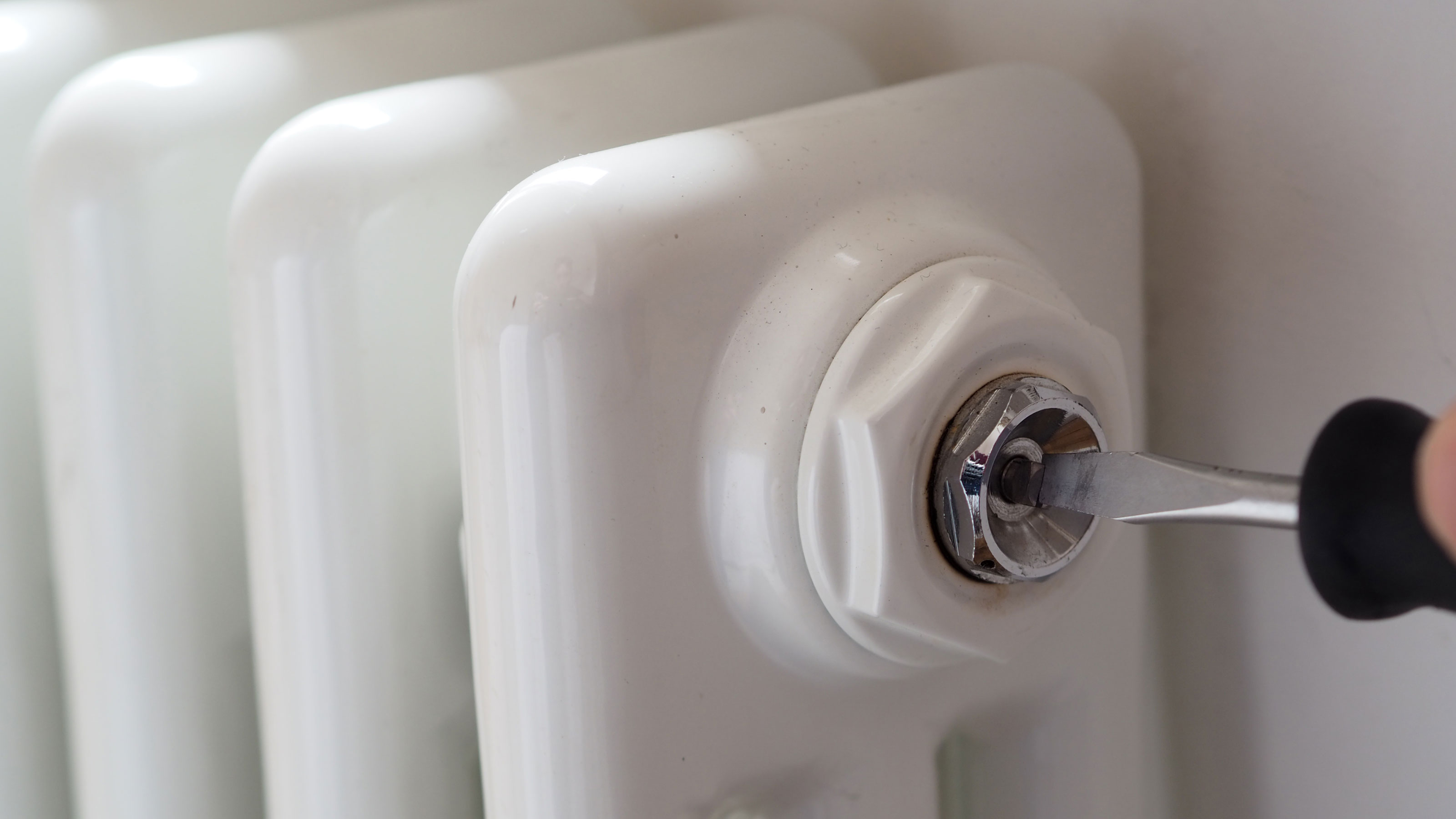
Do you bleed a radiator with the heating on or off?
Always bleed a radiator with the heating off and after waiting for radiators to cool down. Once you’ve released the air in the radiator, water will start to spray or leak from the bleed valve, so you’ll want to make sure this is cold, not scolding, water.
How long do you need to bleed a radiator for?
Not long at all. Depending on how much air is trapped in your radiator, you’ll only need to open the valve for between five and 30 seconds. The key is to ensure you do not 'over-bleed' a radiator, as the loss of water can result in the boiler needing to be repressurised.
What order should you bleed radiators in your house?
The general rule for bleeding radiators is to start from the furthest radiator away from the boiler and work your way towards it. If you’re doing radiators across multiple floors, start with the ground floor first, then repeat the process upstairs.
This may not always be an exact science in large, sprawling houses, but as long as you try to work to this order as much as you can, by and large you shouldn’t encounter any issues.
If your radiator springs a leak after it has been bled – it shouldn't – check out our how to fix a leaky radiator guide to help identify any problems.
Bleeding a radiator is a simple solution to ensuring radiators are working at their optimum. Bleeding a towel radiator is a slightly different process, and if you want to add a radiator to your heating system you’ll need to bleed a radiator.
Get the Homebuilding & Renovating Newsletter
Bring your dream home to life with expert advice, how to guides and design inspiration. Sign up for our newsletter and get two free tickets to a Homebuilding & Renovating Show near you.
Luke Arthur Wells is an award-winning interiors blogger and stylist. His blog has been one of Vuelio's top 10 interior blogs for four years running, and he recently won the Best Creative Skill category at the Amara Interior Blog Awards. Luke has worked with some of the UK's biggest brands, from John Lewis and Made to Farrow & Ball and B&Q. He's a big DIYer, and loves coming up with creative woodwork projects for his home, a Victorian terrace renovation in Essex.

